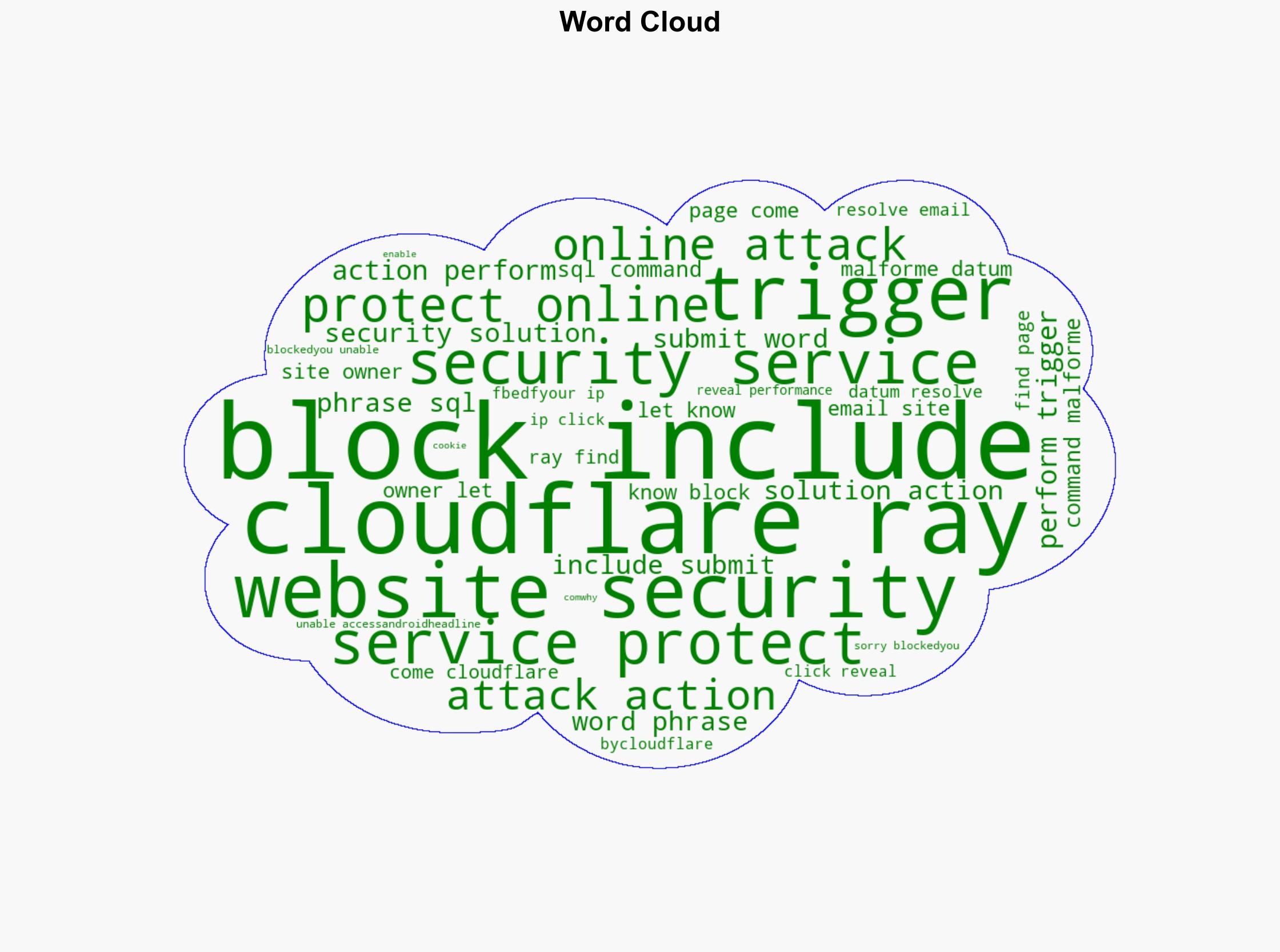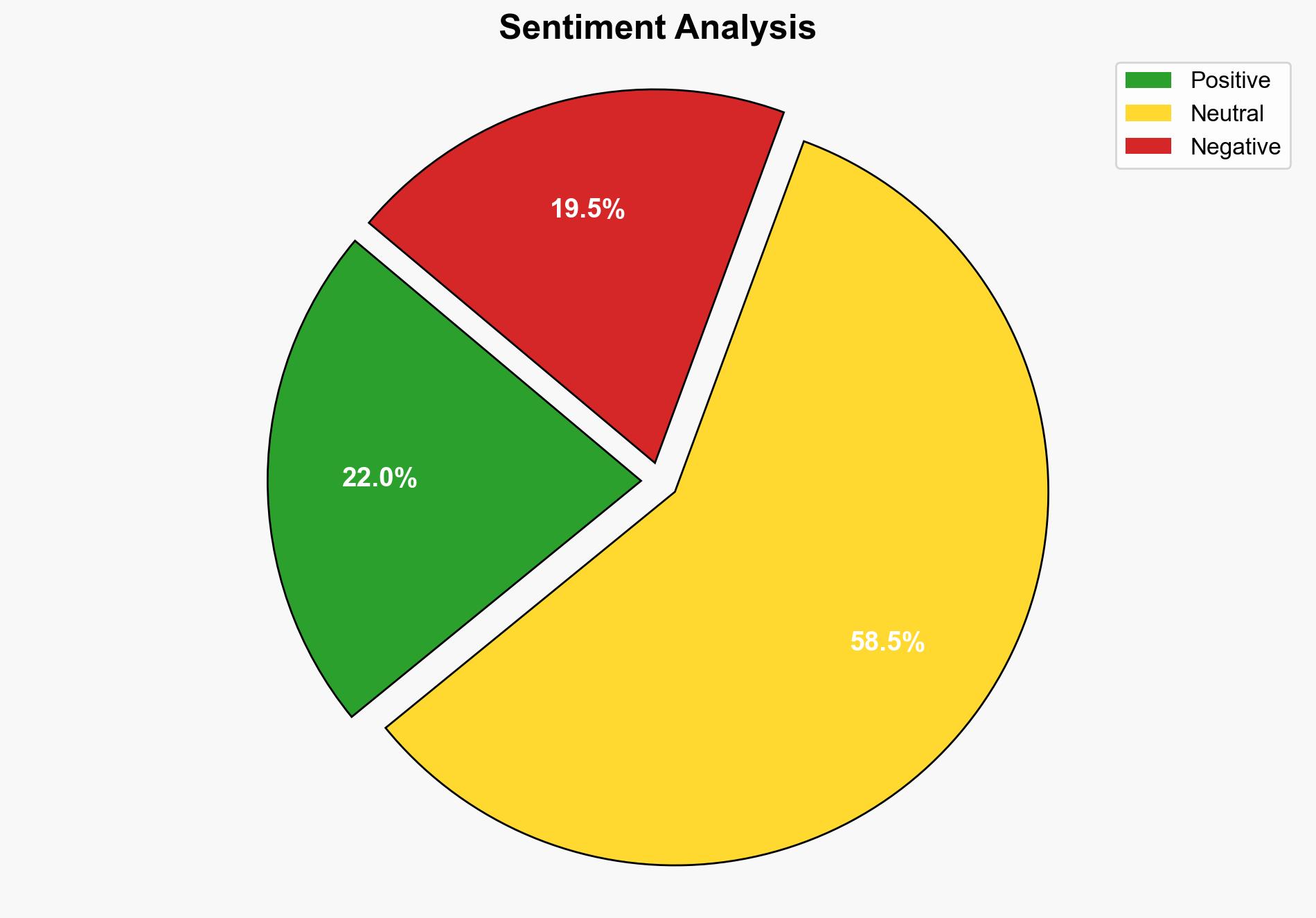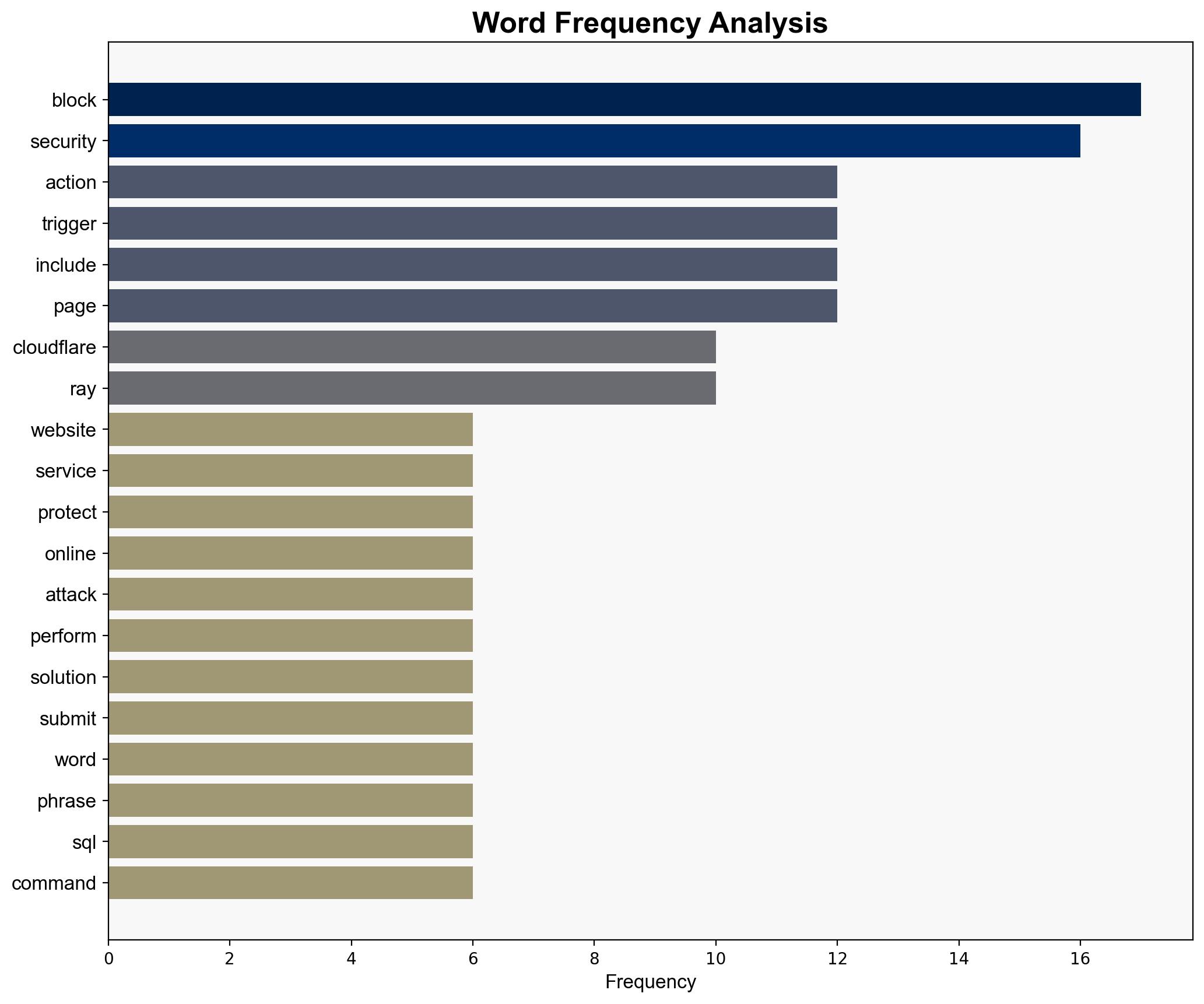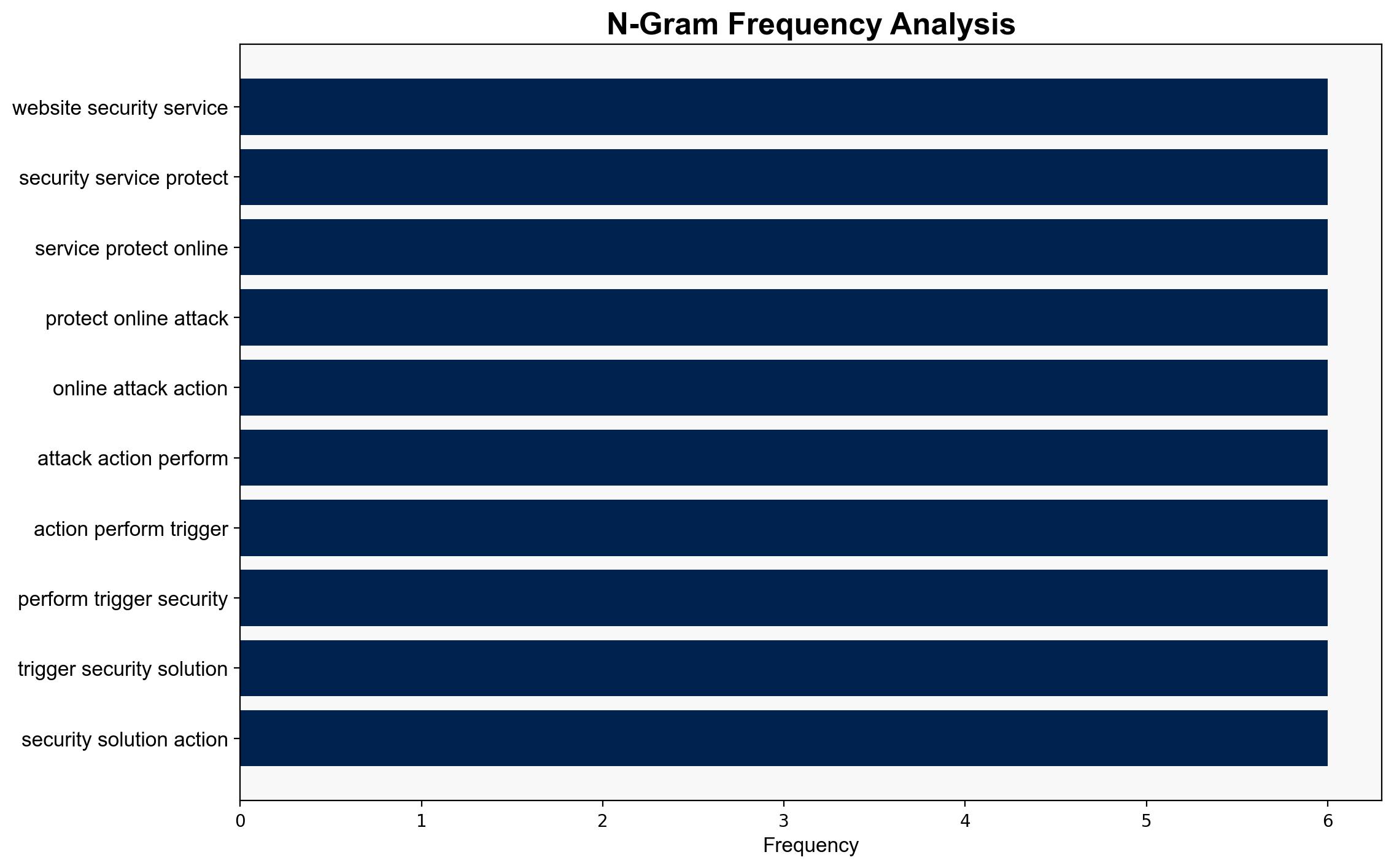LinkedIn Users Hit by Phishing Scam Offering Fake Executive Roles – Android Headlines
Published on: 2025-11-03
Intelligence Report: LinkedIn Users Hit by Phishing Scam Offering Fake Executive Roles – Android Headlines
1. BLUF (Bottom Line Up Front)
The phishing scam targeting LinkedIn users with fake executive roles is likely a coordinated cyber operation aimed at harvesting personal data for financial gain or identity theft. The most supported hypothesis suggests this is a financially motivated cybercrime rather than a state-sponsored espionage attempt. Confidence level is moderate due to limited direct evidence. Recommended actions include enhancing user awareness and implementing advanced phishing detection systems.
2. Competing Hypotheses
1. **Hypothesis A**: The phishing scam is a financially motivated cybercrime operation targeting LinkedIn users to harvest personal data for identity theft or financial fraud.
2. **Hypothesis B**: The phishing scam is a state-sponsored operation aimed at gathering intelligence on high-profile individuals for espionage purposes.
Using the Analysis of Competing Hypotheses (ACH) 2.0, Hypothesis A is better supported. The lack of sophisticated techniques and the broad targeting of users suggest financial motives rather than targeted intelligence gathering.
3. Key Assumptions and Red Flags
– Assumptions for Hypothesis A include the belief that the primary motivation is financial gain and that the perpetrators lack advanced cyber capabilities.
– Assumptions for Hypothesis B include the notion that state actors are interested in LinkedIn profiles for intelligence purposes.
– Red flags: The repetitive blocking messages in the source text suggest potential obfuscation or redirection tactics by the attackers.
– Missing data: Specific details on the phishing methods and the scale of the operation are absent.
4. Implications and Strategic Risks
The phishing scam could lead to significant financial losses and reputational damage for individuals and organizations. If left unchecked, it may escalate into more sophisticated attacks targeting corporate networks. The psychological impact on users could result in decreased trust in professional networking platforms.
5. Recommendations and Outlook
- Enhance user education on recognizing phishing attempts and secure personal information.
- Implement advanced phishing detection and response systems within LinkedIn and similar platforms.
- Scenario Projections:
- Best: Rapid identification and neutralization of the phishing operation, restoring user trust.
- Worst: Expansion of the operation to include more sophisticated attacks on corporate networks.
- Most Likely: Continued phishing attempts with moderate success, prompting increased security measures.
6. Key Individuals and Entities
No specific individuals are mentioned in the source text. The entity involved is LinkedIn, a professional networking platform.
7. Thematic Tags
national security threats, cybersecurity, counter-terrorism, regional focus





